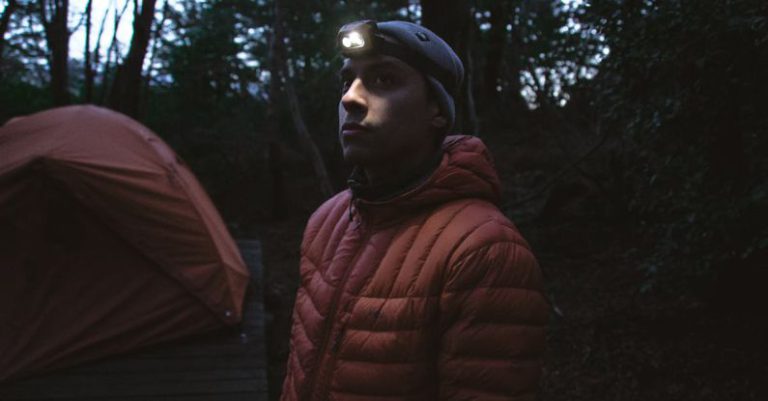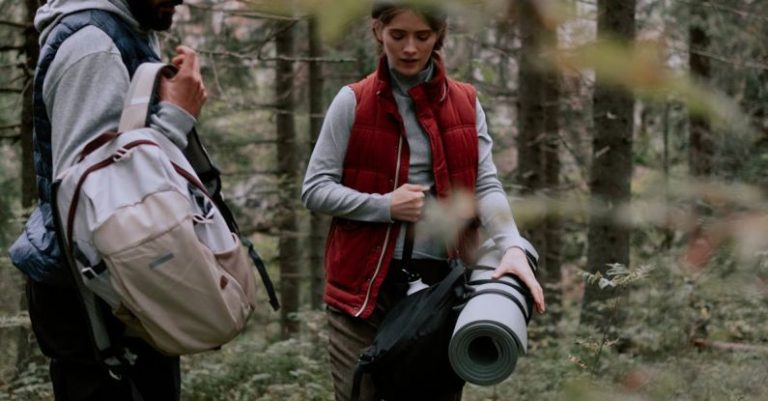
When planning an outdoor adventure, one of the most crucial gear decisions you will make is selecting the right sleeping bag for your trip. The perfect sleeping bag can mean the difference between a restful night’s sleep under the stars or a shivery, uncomfortable experience. With so many options available on the market, it can be overwhelming to choose the best one for your needs. Here are some key factors to consider when selecting the right sleeping bag for your next outdoor excursion.
Understanding Temperature Ratings
The first step in choosing a sleeping bag is to understand temperature ratings. Sleeping bags are typically assigned a temperature rating based on the lowest temperature at which they can keep the average person comfortable. It is essential to consider the conditions you will be camping in to determine the appropriate temperature rating for your sleeping bag. If you are camping in colder climates, opt for a bag with a lower temperature rating to ensure you stay warm throughout the night.
Consider the Insulation Type
There are two primary types of insulation used in sleeping bags: down and synthetic. Down insulation is known for its superior warmth-to-weight ratio and compressibility, making it ideal for cold-weather camping. However, down sleeping bags can lose their insulating properties when wet. On the other hand, synthetic insulation retains its warmth even when damp, making it a better choice for wet conditions. Consider the weather conditions you will encounter on your trip when choosing between down and synthetic insulation.
Weight and Packability
The weight and packability of a sleeping bag are essential considerations, especially if you will be backpacking or hiking to your campsite. Down sleeping bags are typically lighter and more compressible than synthetic bags, making them a popular choice for backpackers looking to minimize weight and bulk in their packs. However, down bags can be more expensive than synthetic options. If weight and packability are significant factors for you, consider investing in a high-quality down sleeping bag.
Sleeping Bag Shape
Sleeping bags come in a variety of shapes, each offering different levels of comfort and warmth. Rectangular sleeping bags provide ample room to move around but may not be as efficient at retaining heat as mummy-shaped bags. Mummy-shaped sleeping bags are designed to contour to your body, minimizing dead space and maximizing warmth. Consider your sleeping preferences and the conditions you will be camping in when choosing the shape of your sleeping bag.
Additional Features
When selecting a sleeping bag, consider any additional features that may enhance your camping experience. Some sleeping bags come with draft collars and draft tubes to prevent cold air from entering the bag, while others feature zipper baffles to prevent heat loss through the zipper. Look for features like hooded designs, stash pockets, and sleeping pad compatibility to ensure you stay comfortable and warm throughout the night.
Testing Your Sleeping Bag
Before heading out on your trip, take the time to test your sleeping bag at home. Set up your sleeping bag in a controlled environment, such as your living room or backyard, and spend a night sleeping in it to ensure it meets your comfort and warmth needs. Testing your sleeping bag before your trip will allow you to make any necessary adjustments and familiarize yourself with its features.
Choosing the right sleeping bag for your trip is essential to ensuring a comfortable and enjoyable outdoor experience. By considering factors such as temperature ratings, insulation type, weight and packability, sleeping bag shape, and additional features, you can select a sleeping bag that meets your specific needs and preferences. Take the time to research and compare different options to find the perfect sleeping bag for your next adventure in the great outdoors.





